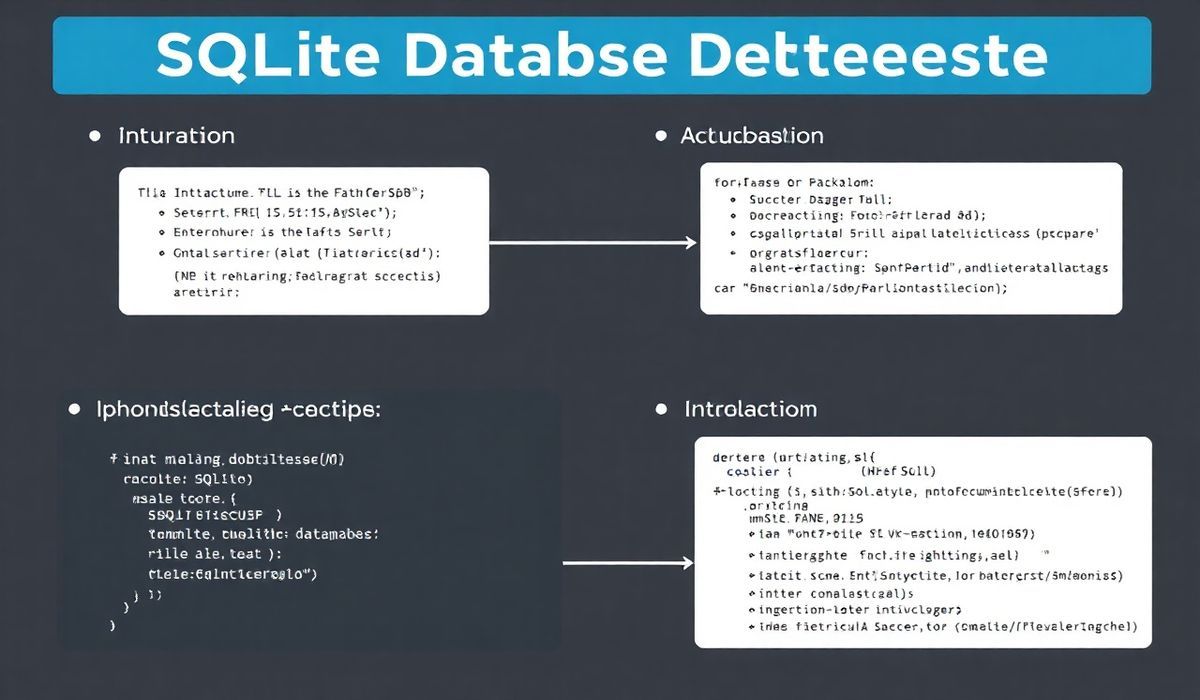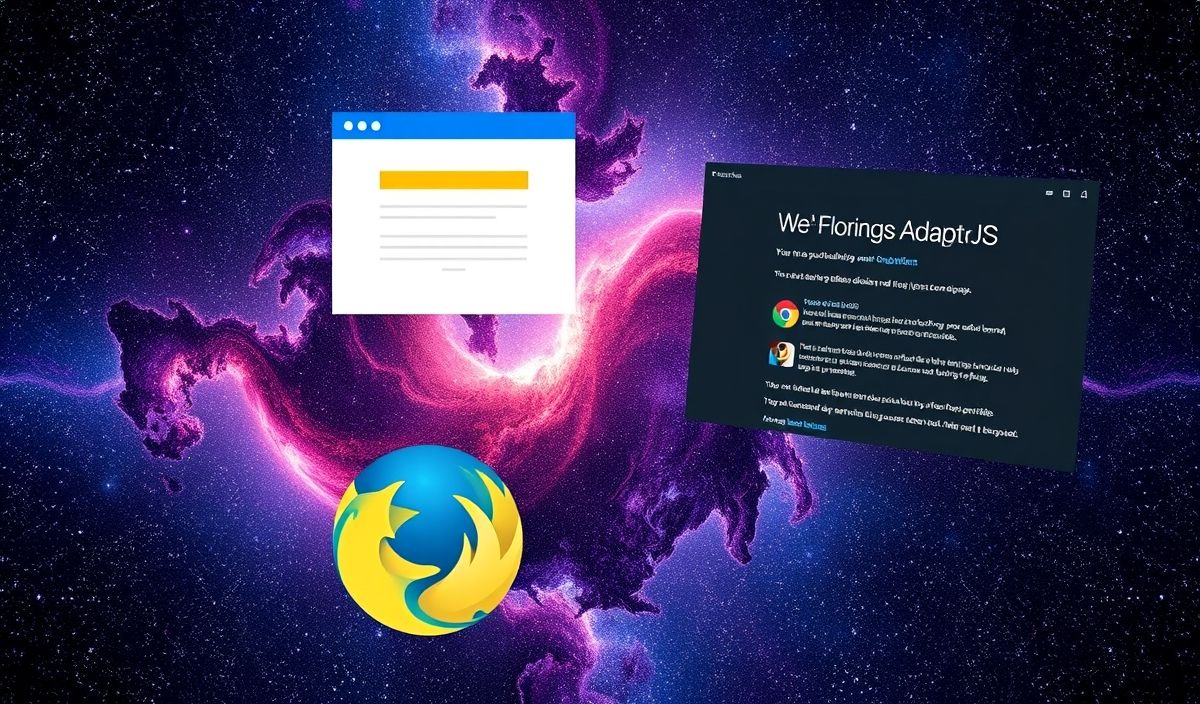Introduction to rabbit.js
rabbit.js is a powerful library designed to simplify message handling and communication in Node.js applications. It leverages the capabilities of ZeroMQ for high-performance, concurrent messaging, making it easier to build robust and scalable systems. In this guide, we will explore various rabbit.js APIs with code examples to showcase their usage in real-world scenarios.
Getting Started
Before diving into the APIs, let’s set up a basic rabbit.js environment:
const zmq = require('zmq');
const rabbit = require('rabbit.js');
const context = rabbit.createContext();
Core APIs
Publisher
Create a Publisher to send messages to subscribers.
const pub = context.socket('PUB');
pub.connect('events');
pub.publish('topic', 'message');
Subscriber
Create a Subscriber to receive messages from a publisher.
const sub = context.socket('SUB');
sub.connect('events');
sub.subscribe('topic');
sub.on('data', function (msg) {
console.log('Received:', msg.toString());
});
Requestor
Create a Requestor to send requests and wait for replies.
const req = context.socket('REQ');
req.connect('service');
req.write('request');
req.on('data', function (reply) {
console.log('Reply:', reply.toString());
});
Responder
Create a Responder to handle incoming requests.
const rep = context.socket('REP');
rep.connect('service');
rep.on('data', function (request) {
console.log('Request:', request.toString());
rep.write('response');
});
Dealer
Create a Dealer to manage complex, stateful conversations.
const dealer = context.socket('DEALER');
dealer.connect('complex');
dealer.on('data', function (msg) {
console.log('Message:', msg.toString());
});
Router
Create a Router for advanced message routing logic.
const router = context.socket('ROUTER');
router.connect('complex');
router.on('data', function (msg) {
console.log('Message:', msg.toString());
});
Application Example
Let’s build a simple application demonstrating these APIs. We’ll create a Publisher, Subscriber, Requestor, and Responder.
// Publisher
const pub = context.socket('PUB');
pub.connect('events');
setInterval(() => {
pub.publish('updates', 'Server update at ' + new Date().toLocaleTimeString());
}, 1000);
// Subscriber
const sub = context.socket('SUB');
sub.connect('events');
sub.subscribe('updates');
sub.on('data', (msg) => {
console.log('Update received:', msg.toString());
});
// Requestor
const req = context.socket('REQ');
req.connect('service');
setInterval(() => {
req.write('What is the current time?');
}, 5000);
// Responder
const rep = context.socket('REP');
rep.connect('service');
rep.on('data', (msg) => {
console.log('Request received:', msg.toString());
rep.write('The current time is ' + new Date().toLocaleTimeString());
});
With these snippets, you can see how easy it is to implement various message handling patterns using rabbit.js. This powerful library can help you build scalable and efficient Node.js applications with ease.
Hash: d2dffa1458fd65654d4ec94f0b36ab16d64e622004abdd0d09200ae70a368653




